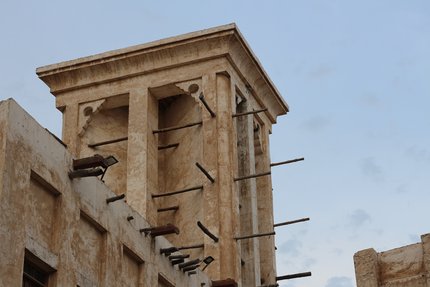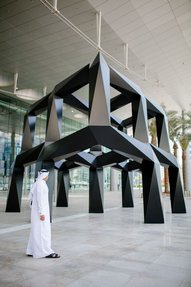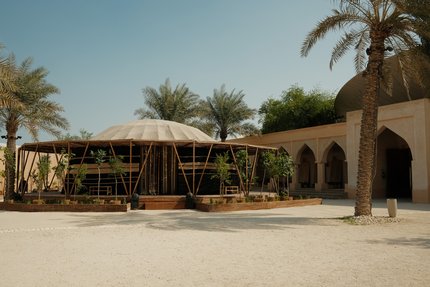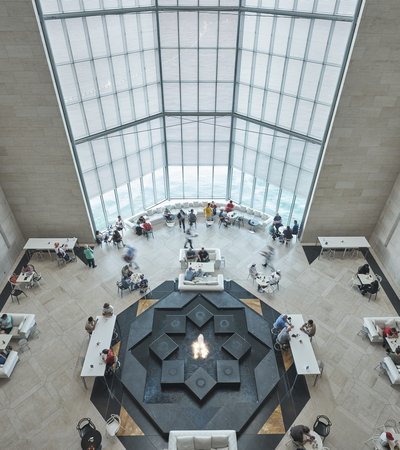Today, the majlis remains an enduring symbol of Qatari identity — a space for daily conversations, religious gatherings, family occasions, and celebrations such as Eid and Ramadan. It is where guests are honoured, where debates unfold, and where community is continuously reaffirmed.
Objects like coffee pots (dallah), incense burners, and embroidered cushions from Qatar Museums’ collections bring these settings to life. These artefacts are more than decorative pieces — they evoke a culture of community, memory, and seasonal rhythm.
Enduring Wisdom
The ways Qataris once adapted to the summer heat — through architecture, clothing, and gathering — were rooted in a natural understanding of the environment and a way of life that avoided waste. Homes were built using local, natural materials designed to last and cool passively; clothing was made from breathable fabrics that required minimal processing and could withstand harsh conditions; and the majlis offered a space for communal living, shared resources, and minimal waste.
These traditions weren’t just useful — they were part of everyday life. People made do with what they had, adjusted their clothing with the seasons, and gathered together to share meals, stories, and space. It was a simple way of living that avoided waste and worked in harmony with the environment.
These traditions remain part of daily life and are carefully preserved in museum galleries and cultural practices across the country.
As each summer returns, these objects and stories remind us that heritage holds lessons for sustainable living — and how the past continues to inspire and inform the present.






